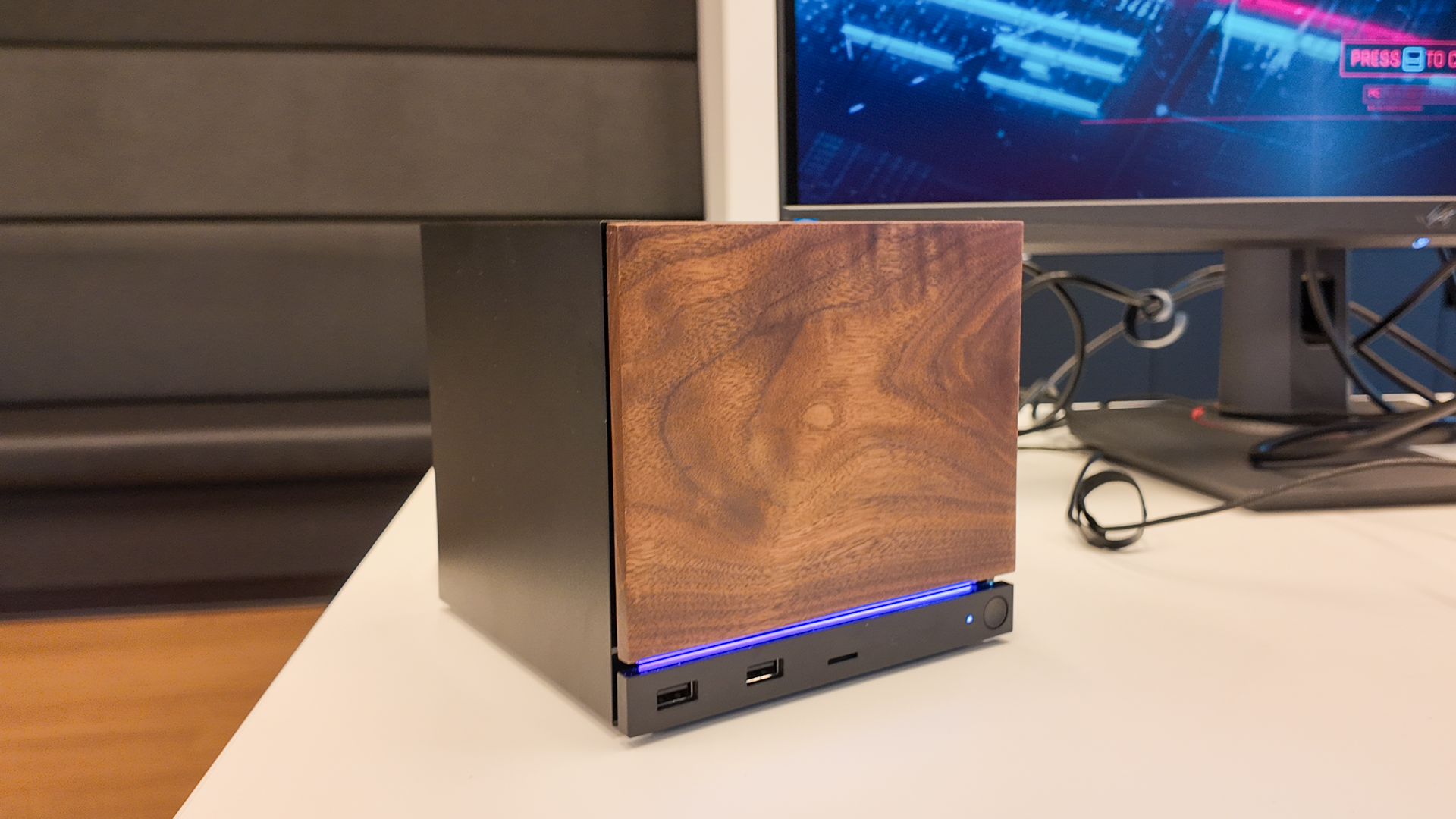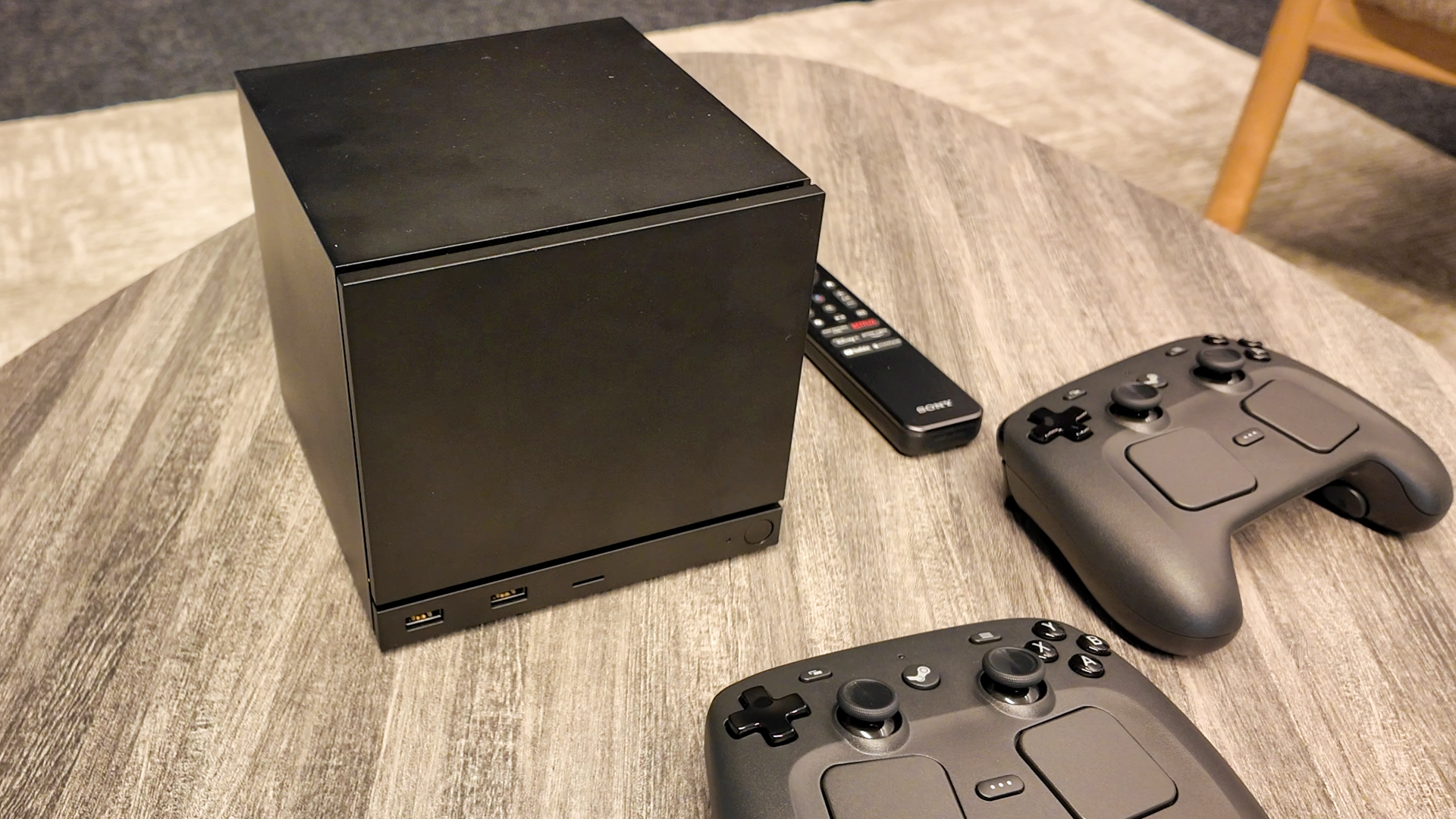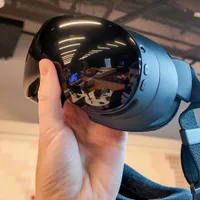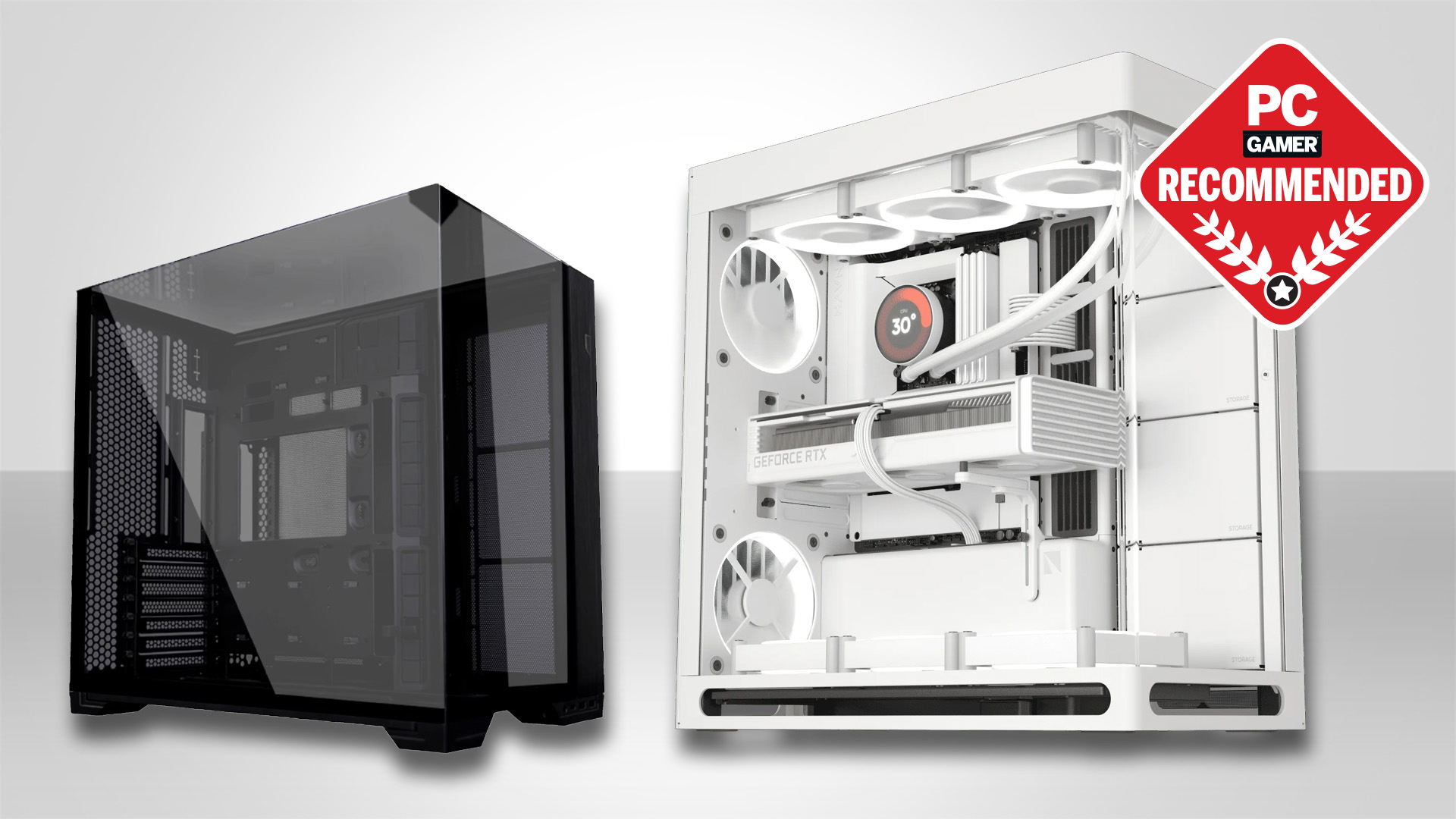I reported on the failure of Valve's first Steam Machines 8 years ago—this time I think they have it right
The original Steam Machines didn't kick off a new era of PC gaming, but Valve's second attempt just might.

If you're experiencing déjà vu following Valve's announcement of a little cubic "Steam Machine"—essentially a PC gaming console—it's because Valve already announced and launched Steam Machines a decade ago. It didn't work out so well back then, but this time, I think Valve has a real shot at finally decoupling a respectable chunk of PC gaming from Windows, if not the entire saucer section.

This week: I'm considering whether I'd like a cube under my TV while hopping on a flight to help with the next PC Gaming Show, which airs December 4.
In 2017, I wrote a big report about why Steam Machines failed to take off, and the main thing Valve's hardware partners told me was that SteamOS just wasn't ready for the big leagues. The custom Linux distribution didn't support enough hardware or games, and only super-nerds had much enthusiasm for ditching Windows, especially as Windows 8 was being replaced by the much better-liked Windows 10.
As a result, the original Steam Machines were never taken seriously as an alternative to desktop PCs or consoles like the Xbox One. Manufacturers started putting Windows on them to get them out the door.
"Nobody was buying it with SteamOS," boutique PC maker Digital Storm told me at the time.
But after shelving the Steam Machines label, Valve kept working on the problem, and now has three potent new ingredients:
- A much improved SteamOS with its new Proton compatibility layer, which allows it to run Windows games well, with some exceptions (most anti-cheat software doesn't play nice with it).
- The Steam Deck, which runs SteamOS and did become popular, creating an incentive for game developers to make sure their games at the very least work with Proton, if not Linux itself.
- So many more games, including former Xbox and PlayStation exclusives. The Steam library has expanded mightily in just the past decade due to adoption by just about all the big publishers that once abandoned it, as well as its Steam Direct self-publishing system.
Meanwhile, Windows 11 is fine, but Microsoft still hasn't managed to become the de facto gaming provider on its own OS. Its UWP architecture didn't take off with game developers, and the Microsoft Store remains nothing more than an icon to unpin from the taskbar after a fresh Windows install. The Xbox app is better, but I'd only use it if I were a Game Pass subscriber.
The current mass market is clearly less interested in ray tracing than it is having games that simply run well on affordable systems.
On the hardware front, we've heard from Microsoft that the next Xbox console will be "a very premium, very high-end, curated experience," which strikes me as an odd plan. We're a long way from the zenith of technical complexity games can reach, but the current mass market is clearly less interested in ray tracing than it is having games that simply run well on affordable systems.
Keep up to date with the most important stories and the best deals, as picked by the PC Gamer team.
We don't know what the new Steam Machine will cost yet, but the spec sheet for Valve's cube says that the semi-custom AMD GPU supports 4K ray tracing at 60 fps if you use FSR upscaling, a frame rate-boosting technique similar to Nvidia's DLSS. So it's a decent gaming PC, but not top-of-the-line. (There'll be other models, but it's TBD whether Valve can again drum up excitement from boutique PC builders or get hobbyists like us building our own SteamOS rigs.)
Savvy users will also appreciate that they can install non-Steam games and software on SteamOS, while Microsoft's "curated experience" comment doesn't suggest that the next Xbox will be an open platform, despite surely being a Windows PC wearing an Xbox suit. (That openness is why I still consider Steam Machines to be PCs, rather than full-on consoles. MS could still surprise us on that front.)
Valve's escape plan is now something to take seriously.
A good-enough PC in a small form factor paired with Steam's growing library of SteamOS-compatible games at a (I hope) modest price feels like a strong play right now. The same strategy is working for the Steam Deck (currently priced at $400-$650, compared to $600-$1,000 for the Xbox ROG Ally handhelds), and the cube can strengthen that small but stable foothold in the console market. It's still a long climb to the top, but Valve is in no rush, since it continues to absorb money from Steam even when it sits still.




For a long time we've noted with a chuckle that it must be frustrating for Microsoft that, despite owning the OS that almost everyone plays PC games on, it's never been able to wrest control of PC game distribution from Valve. But now it feels like we're entering an era defined by the reverse dynamic: Valve attempting to divorce its fate from that of Windows.
When Gabe Newell and company first started building their Linux-based ark to flee to in case Microsoft ever pulled another Windows 8 on us (Newell hated Windows 8, calling it a "catastrophe"), it seemed like a nice dream, but that was it. Windows was just too dominant.
Today, Windows still is very much the dominant OS—94.84% of Steam users are using some version of Windows, according to the latest user survey—but Valve's escape plan is now something to take seriously. It prised open a fissure and wedged the Steam Deck into it, and the share of Linux users on Steam has been slowly growing ever since. Jam a cube in there, too, and who knows?
In related news, Valve has also announced a new Steam Controller and a wireless VR headset called the Steam Frame—it's clearly all-in on its hardware business.
Steam Frame: Valve's new wireless VR headset
Steam Machine: Compact living room gaming box
Steam Controller: A controller to replace your mouse

Tyler grew up in Silicon Valley during the '80s and '90s, playing games like Zork and Arkanoid on early PCs. He was later captivated by Myst, SimCity, Civilization, Command & Conquer, all the shooters they call "boomer shooters" now, and PS1 classic Bushido Blade (that's right: he had Bleem!). Tyler joined PC Gamer in 2011, and today he's focused on the site's news coverage. His hobbies include amateur boxing and adding to his 1,200-plus hours in Rocket League.
You must confirm your public display name before commenting
Please logout and then login again, you will then be prompted to enter your display name.


